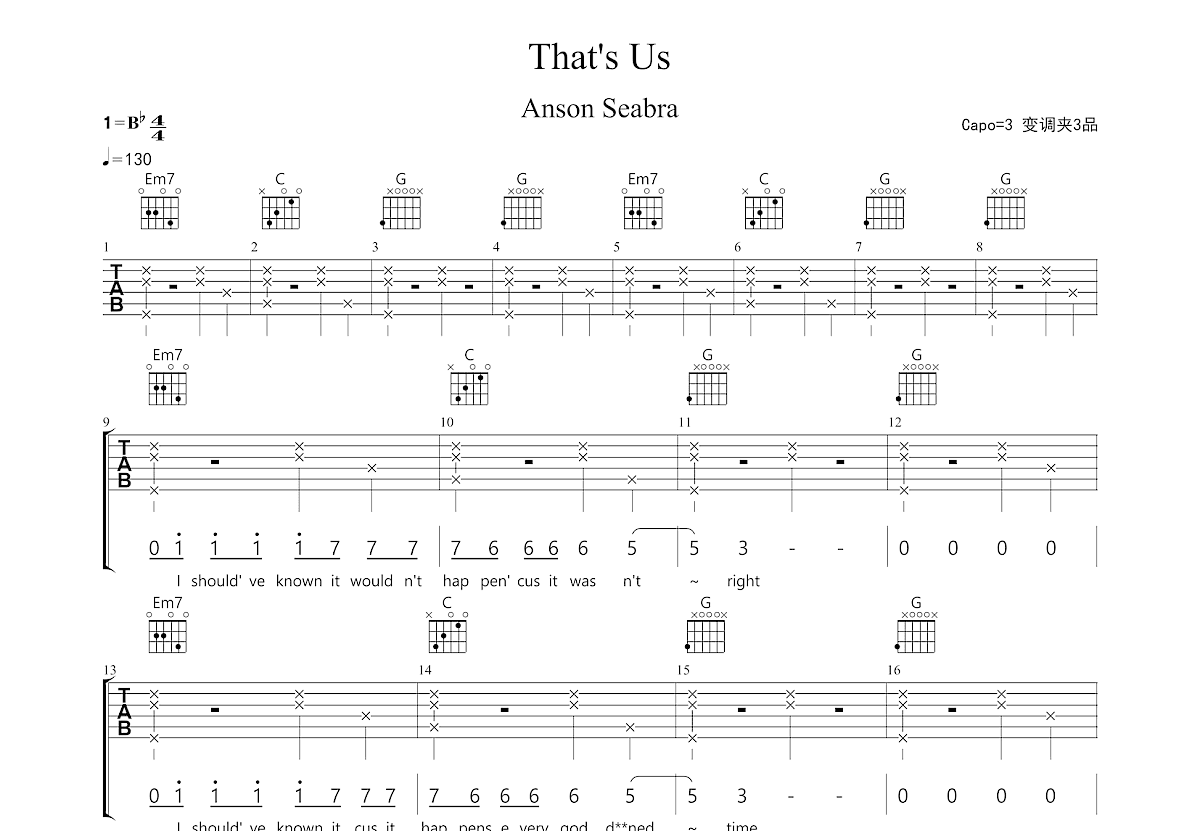Design and Craftsmanship of Tai Baribo

Tai Baribo, an intricate and vibrant textile, showcases the rich cultural heritage of Indonesia’s Rote Island. Its distinctive designs and meticulous craftsmanship have made it a highly sought-after fabric both locally and internationally.
Traditional Design Elements and Motifs
Tai Baribo features an array of traditional design elements and motifs that have been passed down through generations. These include:
- Geometric patterns: Tai Baribo often incorporates geometric patterns such as stripes, diamonds, and triangles, which symbolize balance and harmony.
- Natural motifs: Floral and animal motifs are commonly found in Tai Baribo, representing the island’s rich biodiversity and connection to nature.
- Symbolic designs: Certain designs carry specific meanings and are used to represent important events or traditions, such as the “kaif” motif, which symbolizes the sun and is associated with fertility.
Craftsmanship
Creating Tai Baribo is a labor-intensive process that requires skilled artisans. The fabric is traditionally made using a backstrap loom, where the warp threads are attached to a wooden frame and the weft threads are woven through by hand.
The artisans use a variety of techniques to create the intricate patterns, including:
- Ikat: A resist-dyeing technique where the threads are tied and dyed before weaving, creating patterns in the fabric.
- Songket: A supplementary weft technique where additional threads are added to the warp threads to create raised patterns.
- Pelangi: A technique where the warp threads are dyed in different colors, creating a rainbow effect in the fabric.
Variations and Influences
There are several variations of Tai Baribo, influenced by regional and cultural factors. For example, the Tai Baribo from the southern part of Rote Island tends to have bolder colors and more geometric patterns, while the fabric from the northern part features softer colors and more naturalistic motifs.
The designs and techniques used in Tai Baribo have also been influenced by other cultures, such as India and China, which have had a long history of trade and cultural exchange with Indonesia.
Contemporary Applications and Adaptations of Tai Baribo

Tai Baribo, with its intricate and captivating patterns, has transcended its traditional roots and found new expressions in contemporary art and design. Its distinctive motifs and techniques have inspired a diverse range of applications, from fashion to interior design and fine art.
Fashion
Tai Baribo’s vibrant patterns and textures have captured the attention of fashion designers, who have incorporated them into garments, accessories, and footwear. Designers such as Issey Miyake and Yohji Yamamoto have used Tai Baribo’s geometric designs to create avant-garde and ethereal pieces.
Interior Design
The aesthetic appeal of Tai Baribo has extended to interior design, where it adds a touch of ethnic flair to modern spaces. Architects and interior designers use Tai Baribo patterns in wallpapers, textiles, and decorative objects, creating unique and visually striking environments.
Art, Tai baribo
Contemporary artists have embraced Tai Baribo as a medium for artistic expression. They explore its cultural significance and reimagine its traditional forms, creating abstract paintings, sculptures, and installations. Artists such as Liu Jianhua and Wang Dongling have incorporated Tai Baribo motifs into their work, challenging conventional artistic boundaries.
Globalization and Cultural Exchange
Globalization and cultural exchange have played a significant role in the evolution of Tai Baribo. As the world becomes increasingly interconnected, Tai Baribo has been influenced by other cultures and trends. Artists and designers from different backgrounds have adopted and adapted its motifs, creating new interpretations and cross-cultural collaborations.
Tai Baribo’s resolute voice echoed through the corridors of power, challenging the status quo. Her unwavering spirit resonated with Katie Britt , a rising star in the political arena. Britt’s own determination to champion conservative values and empower communities aligned with Baribo’s unwavering commitment to justice.
As Tai Baribo continues to inspire generations, her legacy will forever be intertwined with those who dare to stand for what they believe in.
Tai Baribo, an Indonesian writer, is known for her thought-provoking novels that explore themes of identity, culture, and the complexities of human relationships. In her book, “The Age of Glenn Youngkin” ( age of glenn youngkin ), she delves into the complexities of identity and the challenges faced by individuals in a rapidly changing world.
Tai Baribo’s work continues to resonate with readers, offering a nuanced perspective on the human experience and the struggles we all face.